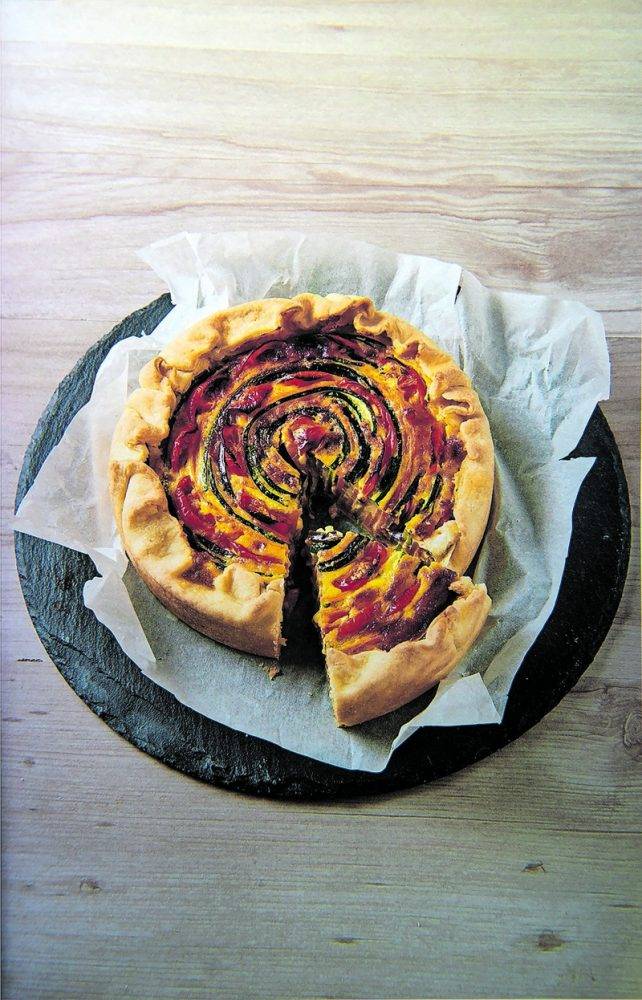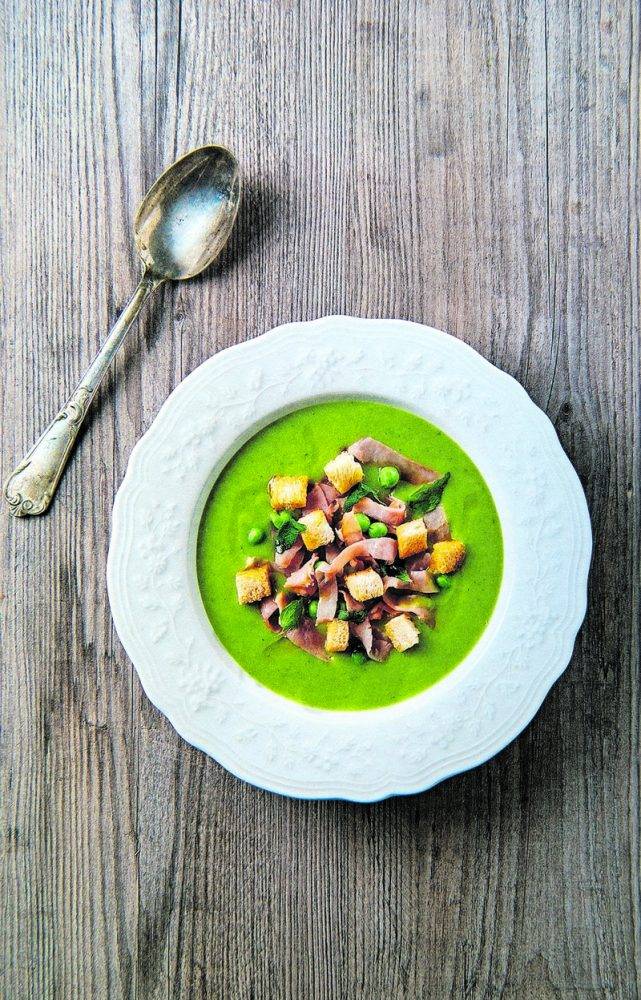Somehow “Eataly” doesn’t seem an adequate way to encapsulate the national cuisine that has provided so much eating pleasure to people all over the world. It’s more like something a jaded sub-editor would come up with as a headline. Or a catchy name for a shop selling Italian produce.
And that is exactly what Eataly is. But when it started out in Turin in 2007, it was much more than a shop: “Three floors of restaurants, bars, cookery schools, wine cellars and a museum”. Now it is a worldwide brand with 42 shops in 17 countries.
And then came the book, Eataly — Contemporary Italian Cooking (Phaidon). A more comprehensive serving of glorious Italian food would be hard to find. Fourteen chapters — ranging from antipasti to sweet tarts and taking in pasta, rice, meat, legumes and cheese — provide enough mouth-watering recipes to keep the eager cook busy in the kitchen for years.
For many of us, the appeal of Italian food, besides the stunning variety from the different regions of the country, is the simplicity.
Four or five ingredients thrown together to magically produce a meal packed with flavour. Olive oil, garlic and chilli make a traditional late-night snack. Tomato and basil is a classic pairing. Broccoli, garlic, anchovies and chilli is a personal favourite. Butter, garlic, parsley and chilli, with the juice and zest of a couple of lemons, is a taste sensation.
All of these, eaten with your choice from one of the endless varieties of pasta, with liberal use of olive oil and finished off with a generous grating of Parmesan cheese.
Look no further than the delightful — and dextrous — Pasta Grannies on YouTube to learn how easy it is to make your own pasta and which one goes best with which sauce.
 Shortcrust pie with vegetable whirls. (Delwyn Verasamy/M&G)
Shortcrust pie with vegetable whirls. (Delwyn Verasamy/M&G)
All this delicious simplicity is reliant on the quality of the Italian ingredients, especially the fresh produce. The lemons will be the legendary zesty giants of the Amalfi Coast. The bright red fresh tomatoes sold still on their vines look like sweets and the tinned variety will be the famous San Marzano plum tomatoes. The olive oil is definitely extra virgin and the cheese has got history on its side.
The subtitle of the book Eataly, “Contemporary Italian Cooking”, means the recipes are a modern take on traditional cuisine. And, like most modernisation, this means things have become more complicated and there are more ingredients involved.
So we have muffins with mortadella, cheese sauce and balsamic vinegar cubes; mezzi paccheri pasta with cheese sauce and artichokes and spaghetti with mussels, clams, shrimp and bell pepper purée.
The alluring green of the fresh pea soup with smoked ham and the macaroni with onion sauce show modern twists on traditional methods can also be done with simple recipes with just a few ingredients involved.
But those few ingredients are often followed by “ideally” in brackets. So, the red onions should ideally be cipolla rossa di tropea Calabria and the crisp flatbread should ideally be pane carasau from Sardinia.
 Pea and ham soup. (Delwyn Verasamy/M&G)
Pea and ham soup. (Delwyn Verasamy/M&G)
The huge variety of cheeses used would make a list as long, and almost as intimidating, as the list of wines suggested to accompany each recipe. No doubt many of these quality ingredients are available at the Eataly stores but they haven’t yet reached South Africa.
It is a testament to the appeal of Italian food that everybody will have their favourite deli where they go to buy salami, cheese and pasta.
My local favourites are Cremalat in Edenvale, which has been a must for Joburg’s east-side cheese lovers for many years and the ever-popular Super Sconto in Orange Grove, which has a great selection of Italian treats.
In keeping with the “contemporary” in the book’s title there is always the online shopping option. But ordering a large ham or a runny goat cheese might pose problems.
The most rewarding section of the book is tucked among the many decadent recipes in the dessert chapter and is under the slightly confusing heading “Making ice cream without an ice cream-maker”. The message is clear: “Ice cream is considered a healthy snack, a source of ‘first class’ proteins, lactose and sucrose, minerals such as calcium, phosphorous, and vitamins A, B1 and B2.”
You could just stop reading at this point and rush out to buy a large tub of mint chocolate chip, but be warned that this is “providing the product is high quality and free from hydrogenated fats, which are present in industrially made ice cream”. So, that divisive word “artisanal” has to be mentioned here.
Other informative snippets dotted among the recipes include “how to serve cheese”, “the fun of coloured fresh pasta” and “Neopolitan pizza vs Roman pizza”.
At the back is a Readers Digest-like glossary showing the stunning variety of Italian produce, with a picture of each item. It adds up to a book as big and solid as a crusty loaf of rustic bread and it will provide the reader with endless slices of Italian eats to be consumed at leisure (with a glass of imported wine, of course).
As Eataly founder Oscar Farinetti says in his introduction, “Italy is condemned to sell beauty and goodness to the world.”
Long may the condemnation last.